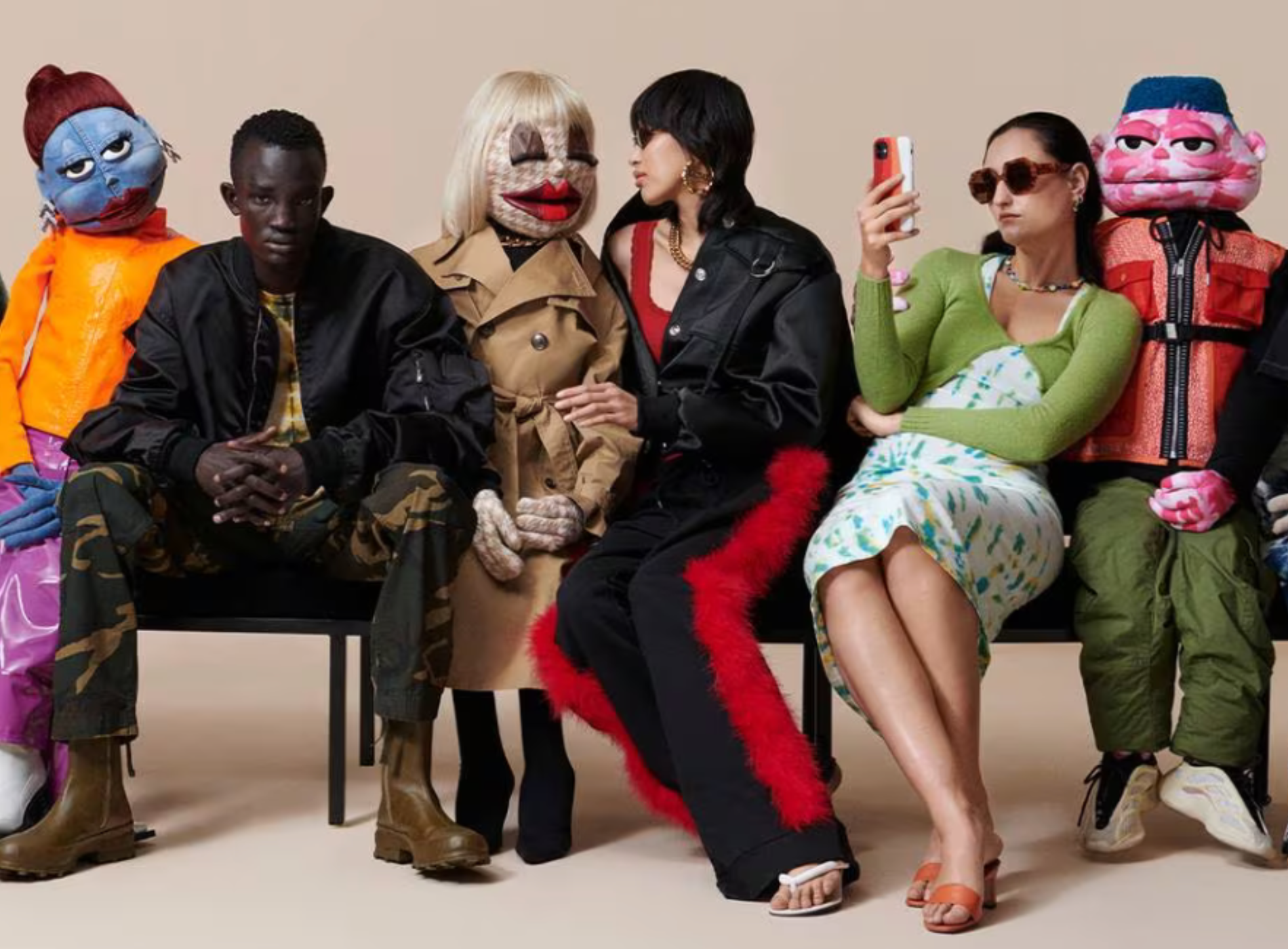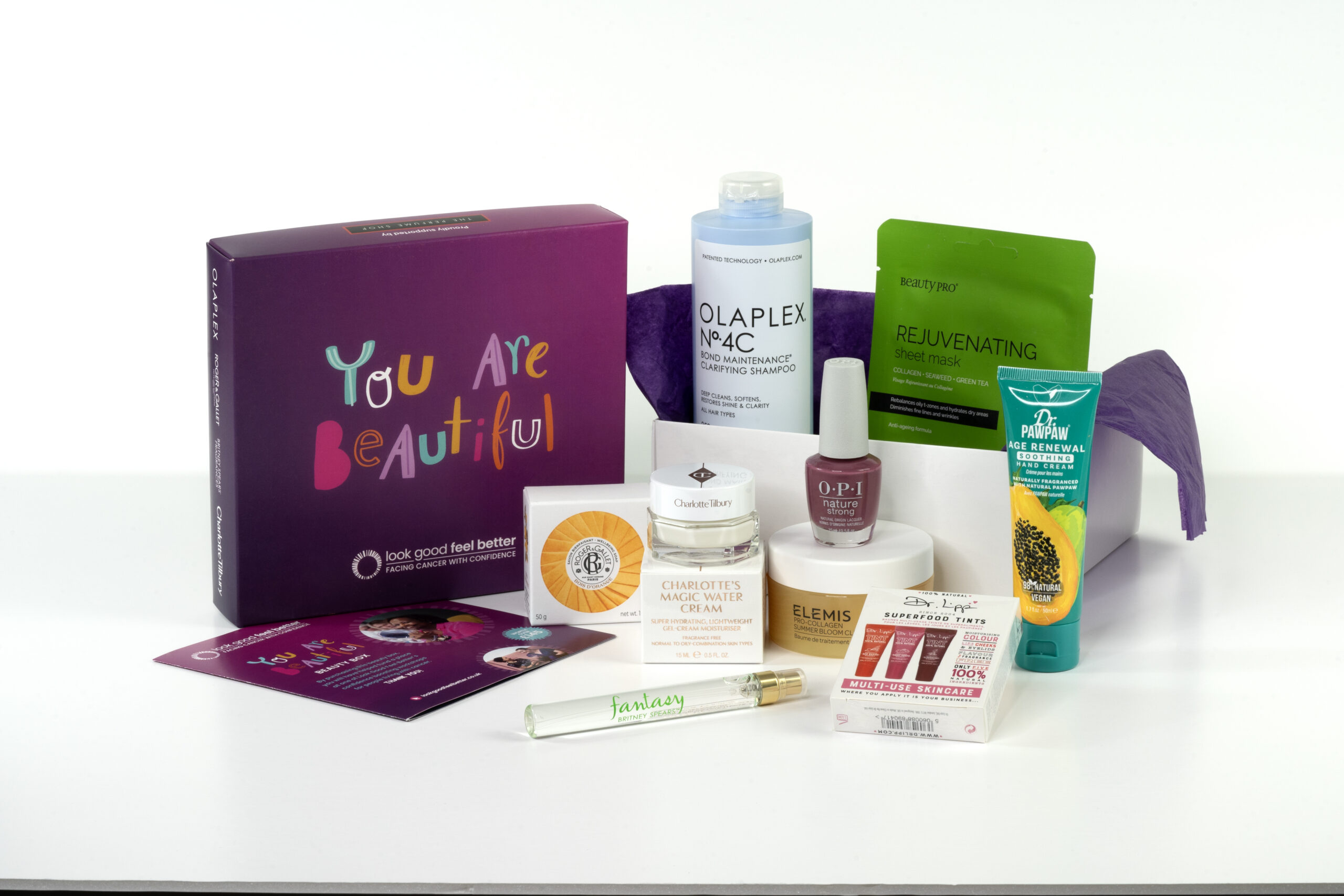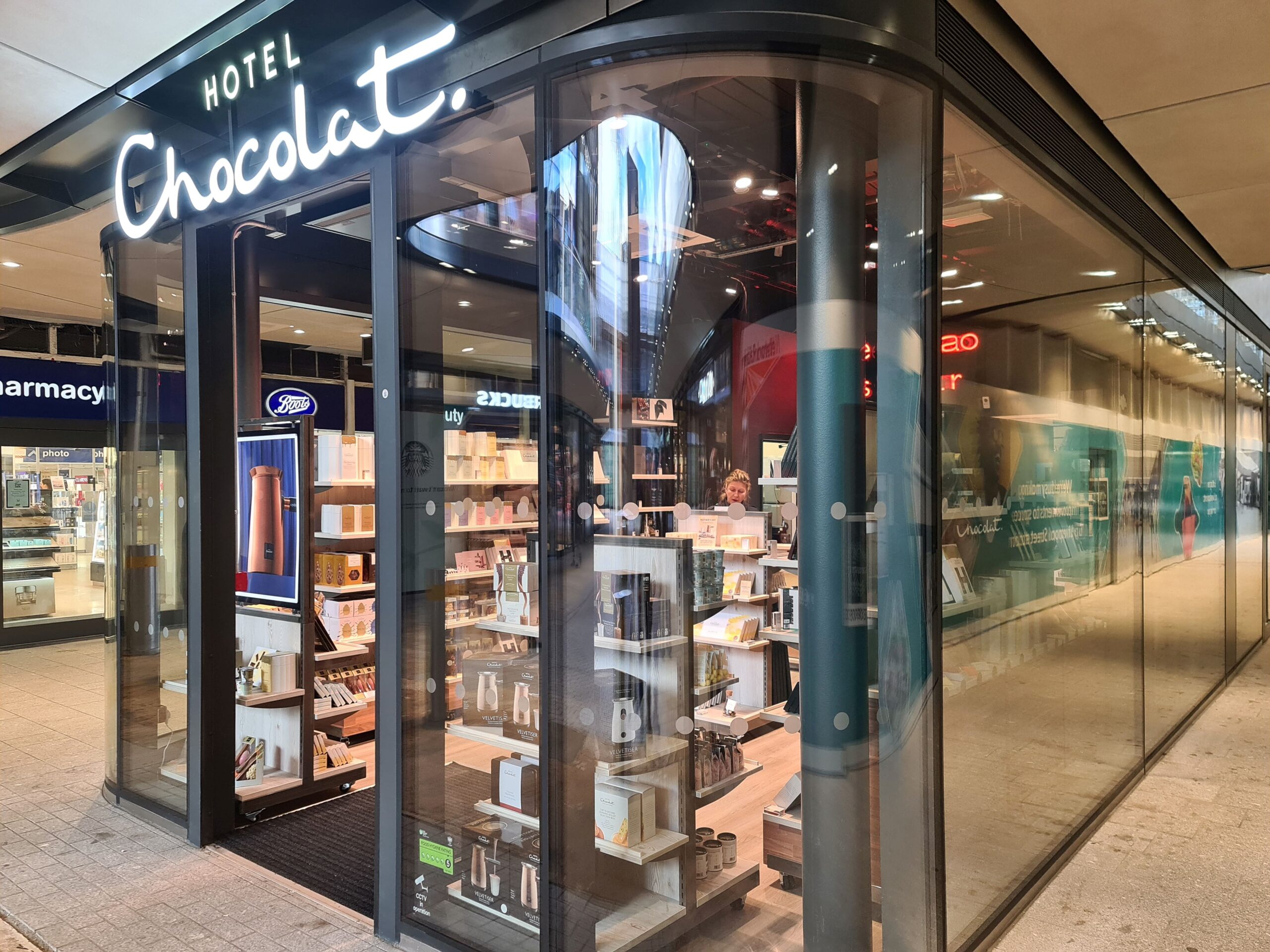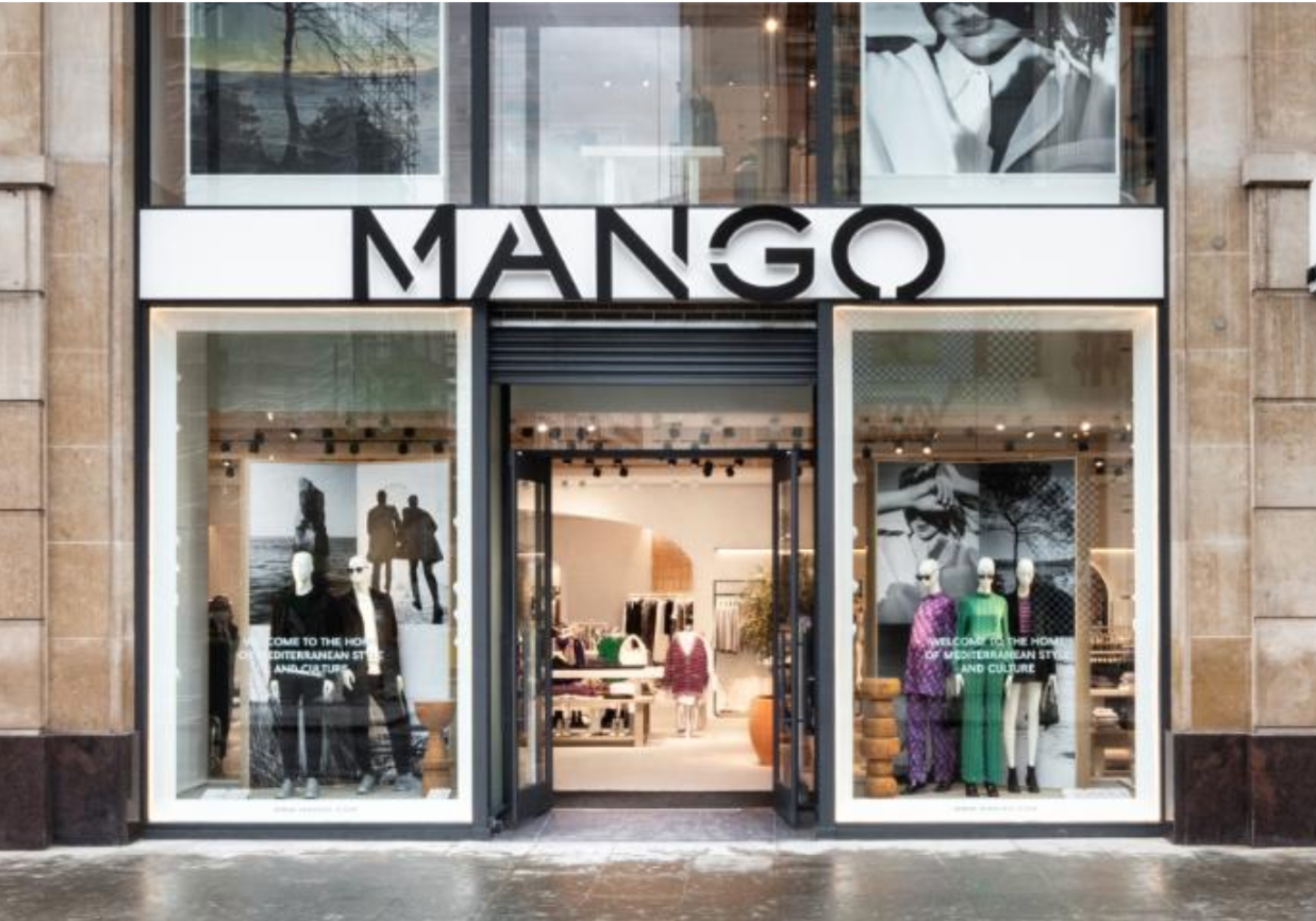Everyone. Calm. Down. Deep breathes. There, that’s better. Now, has Apple really transformed the worlds of payments, retail, commerce, wearables, apps and devices in one morning? No. But it has certainly focussed a lot of minds on how the next few years will see incremental changes in how people shop and spend money. Here’s how.
Apple Pay is, for retailers, content providers and consumers, the really big part of what Apple has unveiled. The handsets are – as the 12 minutes they were given at the announcement on 9 September at the Flint Centre attests – a side show. OK they are bigger, curvier, a bit better. The real deal here is whether Apple is going to unlock m-payments or not and what that is likely to mean for retailers of digital and physical goods.
Oh and there is the ‘orrible watch – but we’ll come to that.
Apple Pay is the really interesting, if not entirely unexpected, part of the offering that Apple has served up. It is going to consign the wallet to history and revolutionise how people pay in shops and online. And it has the credentials to do so. It has 800million people’s cards linked to iTunes accounts already (dwarfing PayPal’s customer base of 150million) and, with the biometric touch thing on its 5S and 6 series phones, has security.
It has also developed its own form of payment tokenisation so that it isn’t involved in the transaction between customer and merchant, it only enables it making it not only super secure, but also – interestingly – opting Apple out of any of the data collection process associated with the service.
It is also a payment mechanism that will work on e- and m-commerce sites too, making it something of an all rounder.
All very whizzy, but is it enough to revolutionise retail and payments? Well, once the breathless hyperbole surrounding the announcement dies down (some people in the audience at the launch actually gasped. Gasped!) you can see that what Apple has done is pretty cool technologically.
But the real winning play is that Apple has, unlike everyone else, approached mobile payments from the customer point of view, rather than the businesses point of view.
“Where other people have had fits and starts with mobile payments, Apple Pay looks to be the first usable payment experience that consumers and marketers will actually use,” says CEO and co-founder of mobile marketing company Vibes, Jack Philbin. “Finally, consumers will be able to pay for things with their phone because Apple has put consumers’ interests first and introduced a very simple user experience.”
And this goes further. It is widely known now that thanks to the biometrics and the tokenization giving Apple Pay such good security, banks and card companies have agreed to let Apple have the lower card present rates for Apple Pay transactions, rather than the costly card not present ones associated with all other wallets and m-pay products (apart, interestingly from direct carrier billing).
This is designed to seal the deal with retailers. This makes it not a nice add on, but really a clear rival for cards and therefore real world wallets.
The choice of NFC is also really interesting. This had been written off – my me among many – as being passé and old tech after Apple didn’t work it into the launch of the 5 or the 5S. Seems we were wrong. Very wrong.
But there is some conjecture that even the inclusion here of NFC is a stop gap. Most of what Apple does is aimed at the US market (and increasingly China). In the US, they don’t use chip and PIN they use the mag stripe on the back of the card. This is being phased out, so US retailers are looking at a mass upgrade of POS systems in the coming 18 months. Many will get NFC built in. Apple is merely using this to bring its payment system to the biggest possible US retail market.
And that is because this is really all about selling handsets. Forget any ideas that Apple is doing it for us, it is doing it for the money and that money comes from making the handset as desirable as possible.
“Apple’s approach is to improve the stickiness of its platform by creating a seamless payment experience with robust security linked to biometrics through its iPhone TouchID,” agrees John Abraham, lead analyst for Analysys Mason’s Revenue Management research programme. “This runs against the tide of other payment initiatives by several CSPs and some others, that was primarily aimed at becoming a new revenue stream.”
“Unlike all the other contenders’ motivations, this is about selling handsets by making them more useful, and it will help to drive payments as a facilitator for mobile commerce,” says Andrew Bud, chairman of the Mobile Entertainment Forum. “Whether this will gain any traction outside the United States, in countries where NFC has not found a use beyond paying for sandwiches, is open to doubt.
And this is a very good point. The handsets are so expensive compared to how poor they actually are that Apple needs to have these sorts of features and widespread buy in to create a mass market if it is to maintain its cache at the top of the tech heap. NFC is there to plug a gap and get m-payments rolling in the US. And the reason it wants m-payments to roll is because it needs to be able to justify fan boys paying through the nose for a new phone.
And it isn’t just the Apple fan boys money that is the issue here. Retailers have to also buy into servicing this. In the US there is a POS change just round the corner, but elsewhere this isn’t the case. Here in the UK, NFC is no where to be seen really – unless you eat over priced sandwiches and ride the busses in London. Is this going to change any time soon? It’s a hell of an investment for retailers.
Oh and the watch: what can I say? If I had to choose between having one and wearing Google Glass, I would choose the watch. But in reality, I think the watch is awful. And no, the watch isn’t going to revolutionise retail.






